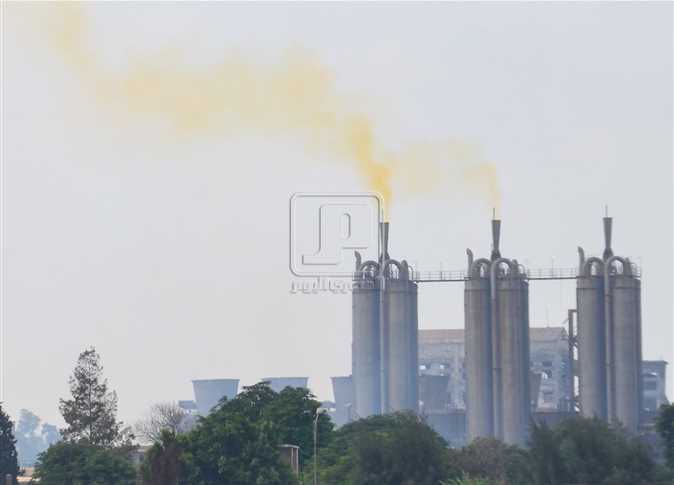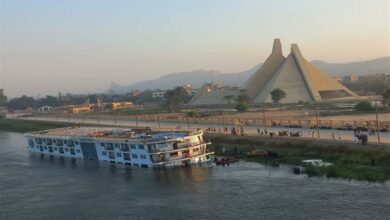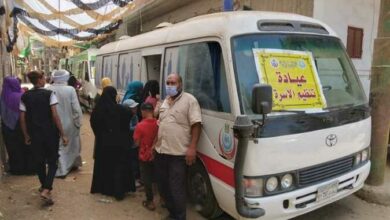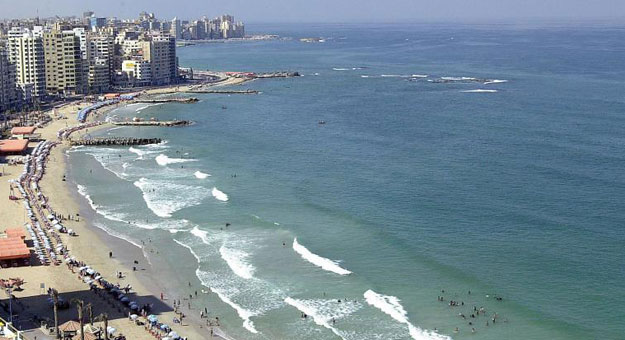
President Abdel Fattah al-Sisi inaugurated new expansions of the KIMA factory in Upper Egypt on Tuesday.
Youm7 has presented 20 things to know about the giant project:
- The new Kima plant is considered a major industrial project because it is a complex for the production of fertilizers ammonia and urea.
- The project’s investments amount to about LE11.6 billion.
- The project is built on an area of 150,000 square meters, equivalent to 40 acres.
- It provides about 3,700 direct and indirect job opportunities for young people.
- The project runs on natural gas instead of electricity.
- The new factory has finished the trial operation phase, and is witnessing the official opening on Tuesday.
- It will produce 1,200 tons of ammonia per day.
- It aims to produce 1,575 tons of urea fertilizer per day, for a total of 570,000 tons annually.
- It contributes to the economic and social development of Aswan and Upper Egypt.
- It helps open the way for export to African and international markets.
- It includes water intakes on the Nile with a capacity of 24,000 m3 / day, a conveyor line of 500 mm at a length of five km, and strategic storage basins with a capacity of 8,000 m3, in addition to a water purification plant.
- It also includes units for the production of water vapor.
- It includes a turbine power station with a capacity of 27 megawatts / hour.
- It includes a liquid ammonia tank with a capacity of 10,000 tons.
- It includes a plant for the production of urea fertilizer.
- It includes a storage area for urea fertilizer.
- It includes connecting lines between the old and new factories.
- The new factory is equipped according to the latest safety systems and environmental standards, to avoid any harmful emissions.
- The carbon dioxide resulting from the production of ammonia will be used as a raw material for the manufacture of urea fertilizer.
- The workers that will work in it have undergone training and qualification programs.




